Review: Eachine TX805 VTX
Eachine TX805 has 5 bands A, b, E, F, r, 40 total channels (including illegal channels 4, 7 and 8 on the band E, according to the FCC regulations), 5 power levels 25-200mW-600mW-800mW (I will be testing the actual power output), SmartAudio for controlling the VTX settings remotely via Betaflight OSD. Eachine TX805 even has microphone on board for audio. TX805 can be mounted in the stack as it has two mounting holes with a pattern of 30.5mmx30.5mm. It has MMCX antenna connector which is superiour to small IPEX connector.
Package contents
TX805 comes with a VTX, MMCX linear dipole antenna, MMCX to RP-SMA or SMA adapter pigtail (can be selected on purchase) and a small instructions leaflet.
TX805 has 8 LEDs for channel, 5 LEDs for band and 4 LEDs for power output status display instead of the 7 segment LED module. This saves some weight and reduces the height of the VTX.
Actually it look very similar to AKK FX2-Ultimate-Mini, probalably was “inspired by” that VTX.
The weight of this VTX is 8.2 grams with wires.
So the specs of this VTX look good. What about the power output?
Power output measurements
Connected the TX805 to the RF power meter via supplied MMCX pigtail. VTX was actively cooled with fan while taking the measurements.
First test: 25mW output setting. In the reality it is outputting almost 44mW (16.4dBm).
Next step 200mW – outputs much more than should, enormous 417 mW (26.2dBm).
At 600mW setting it outputs the correct 603 mW (27.8 dBm)
And at max setting of 800mW it outputs even less than 600mW, only 598 mW (27.7d Bm)!
Again the power output test results are disappointing. 25mW power setting exceeds the declared output by 2 times, outputting 44mW!
Look at the similar results I’ve got while testing Eachine VTX03S: Review: Eachine VTX03 micro VTX with smart audio
Here is graph of the TX805 power output test:
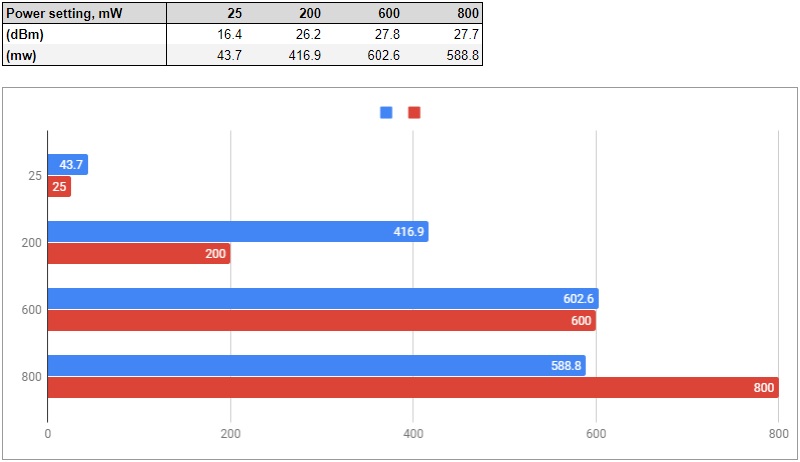
Red bar is expected value and blue bar is real power output.
Power output linearity on the Raceband channels with 25mW setting:
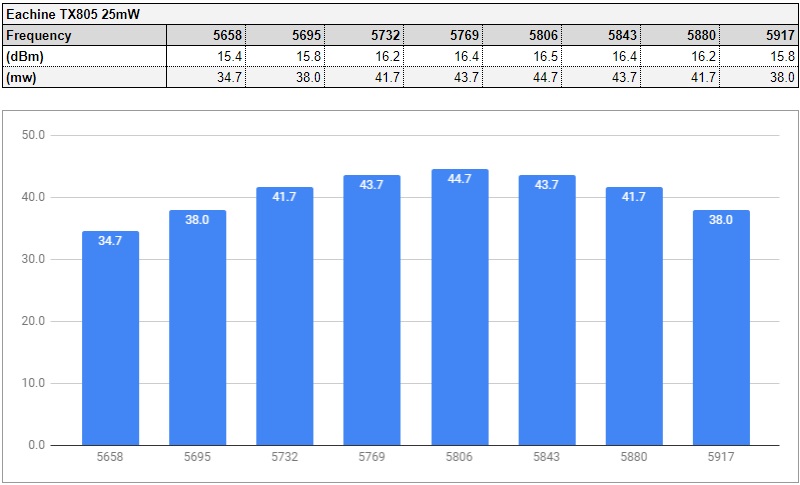
And with 200mW setting:
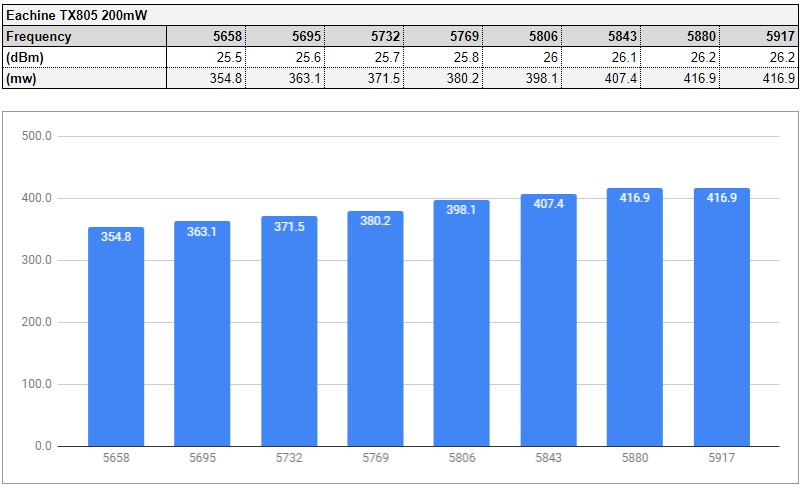
VTX Tables setup
You can download the VTX Table for Eachine TX805 here: https://drive.google.com/open?id=1swlDDYEOrGW6fhkW1neRvwSCjr_ruxKM
Open the downloaded file in the Betaflight Configurator VTX Tables tab and save. More info in this guide: VTX Tables and how to set them up
PROS
Can be mounted in the stack
Pit mode/25m/200/600/800mW switchable power modes
Smart Audio control (to be tested)
Microphone on board (to be tested)
CONS
Output power is boosted on 25mW, does not reach 800mW on the max setting.
CONCLUSION
Eachine VTX805 seems to have everything that quad VTX needs to have: TX can be easily mounted in the stack, has audio microphone on board, MMCX antenna connector, SmartAudio control, 40 channels and 5 switchable output power modes – Pit/25/200/600/800mW. However, again bad news for racers – output power does not correspond the to expected values. 25mW mode outputs 44mW, 200mW – outputs 417mW, while at 800mW it outputs less than on 600mW setting – only 598mW. On the race events you probably will be asked to turn your quad off after the VTX power measurements – you cannot exceed the 25mW requirements. If you expect this VTX to have 800mW of power then you will be dissapointed. If you are comfortable with these RF power level deviations, then TX805 can be good alternative for your quad VTX.
To be tested: Audio feed from microphone, SmartAudio feature.
Available @ Banggood: https://www.banggood.com/Eachine-TX805-40CH-25-200-600-800mW-FPV-Transmitter-TX-LED-Display-Support-OSD-Pitmode-Smartaudio-p-1333984.html
Disclaimer: This item was supplied by Banggood for a fair and unbiased review. Banggood never asked for a positive review and never influenced my opinion in any way. I’m trying my best to stay uninfluenced and give only my own opinion. All affiliate links if there are any help me purchase items for future reviews.
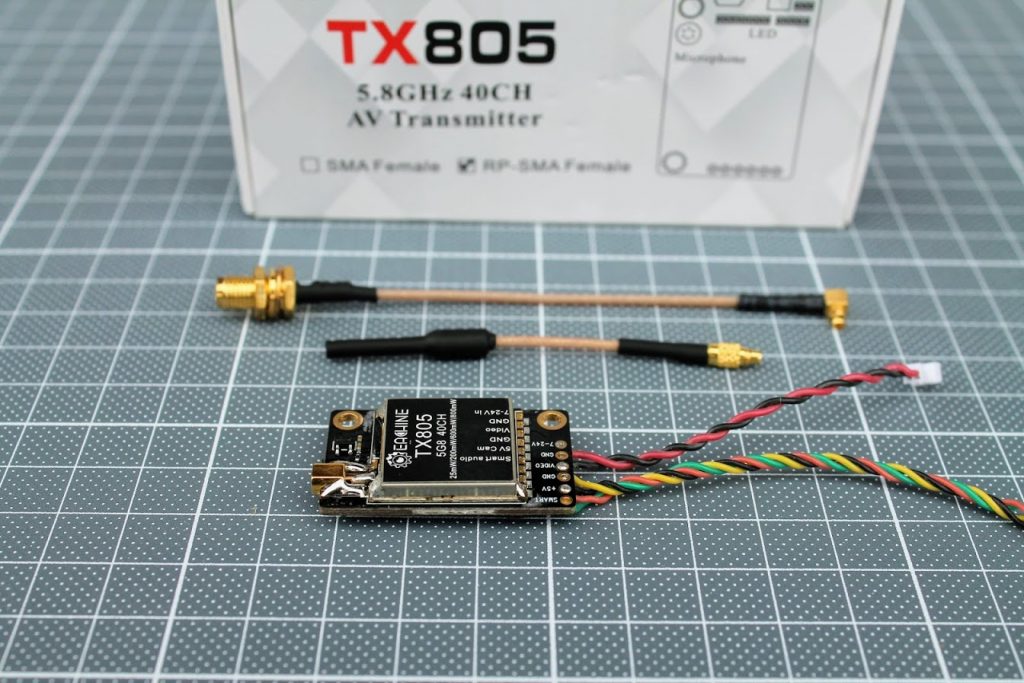
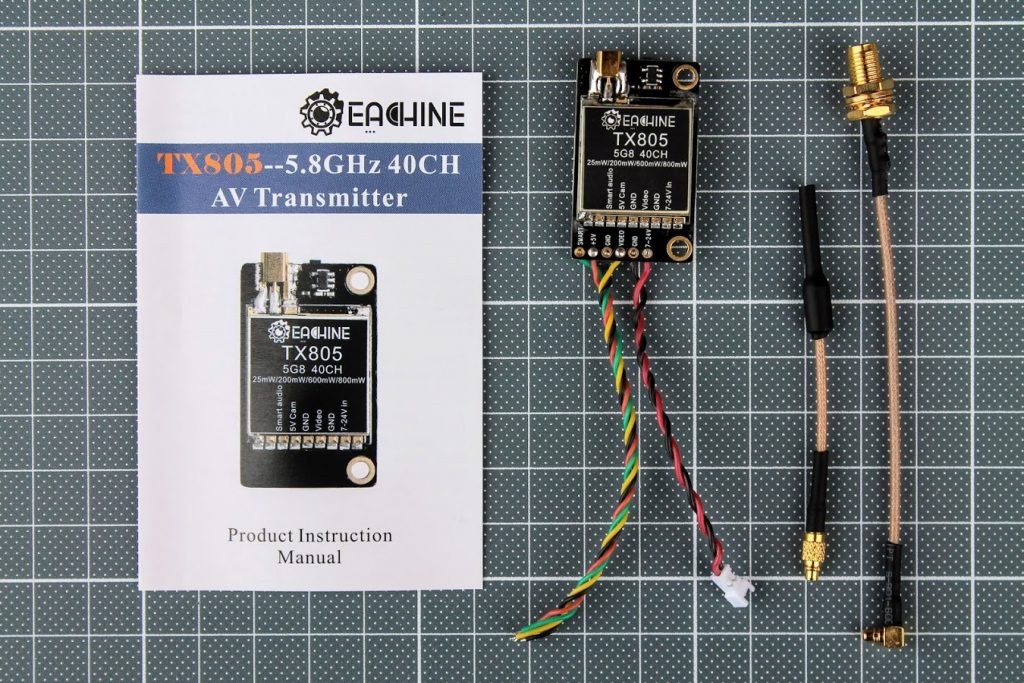
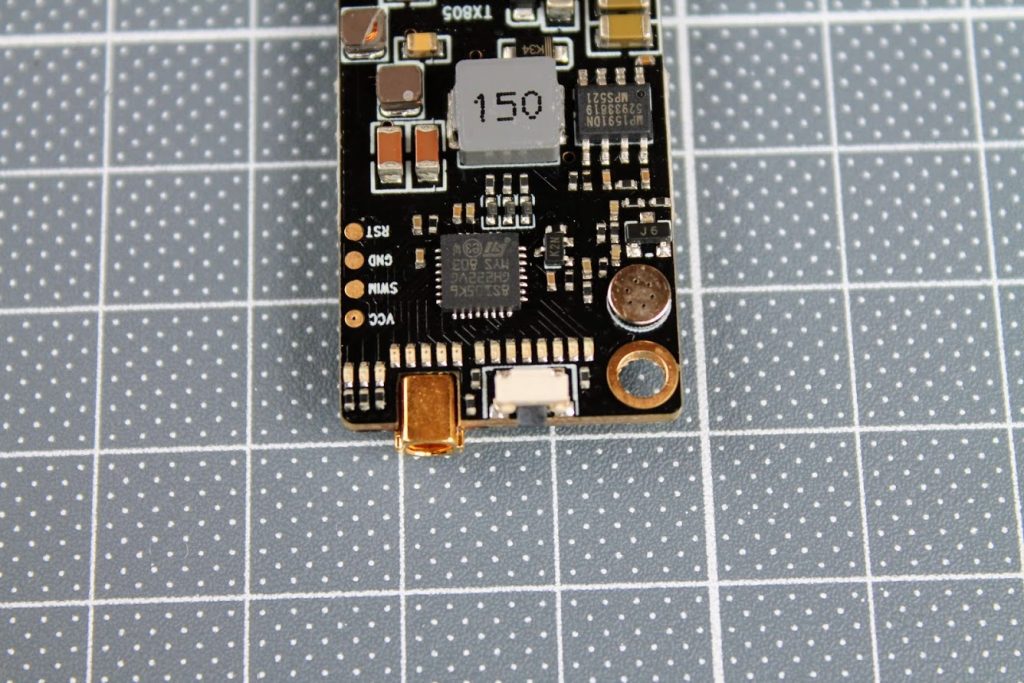
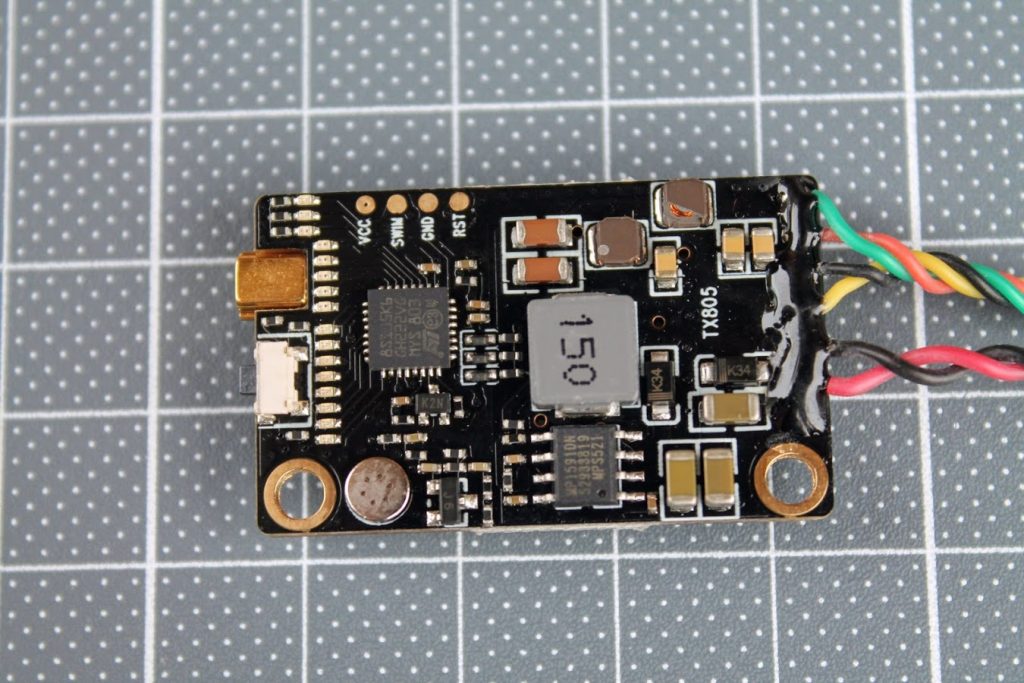
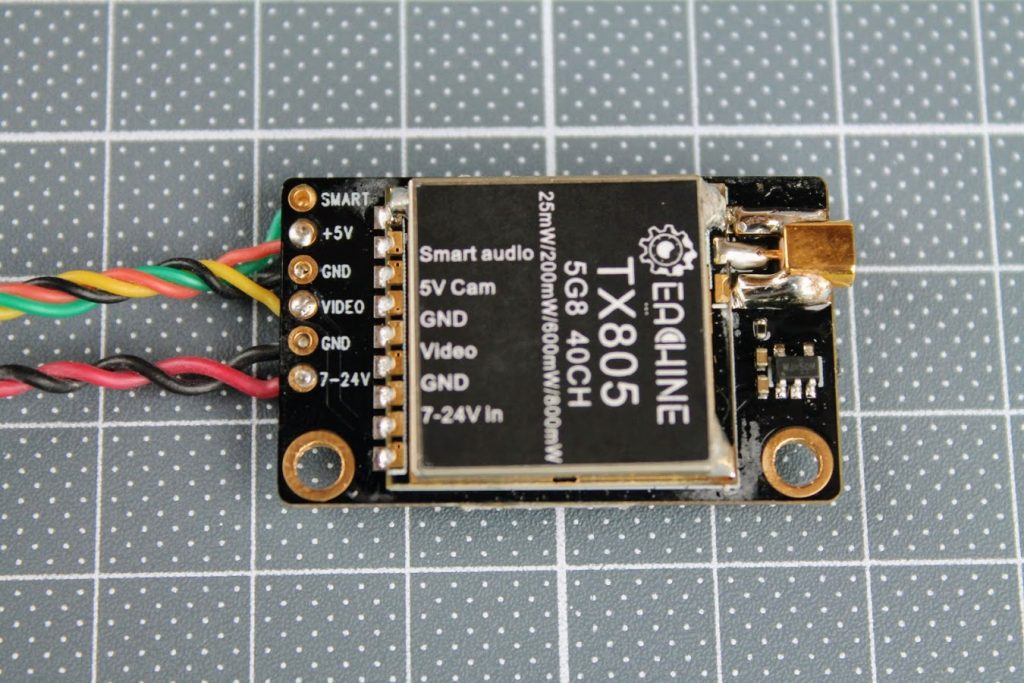
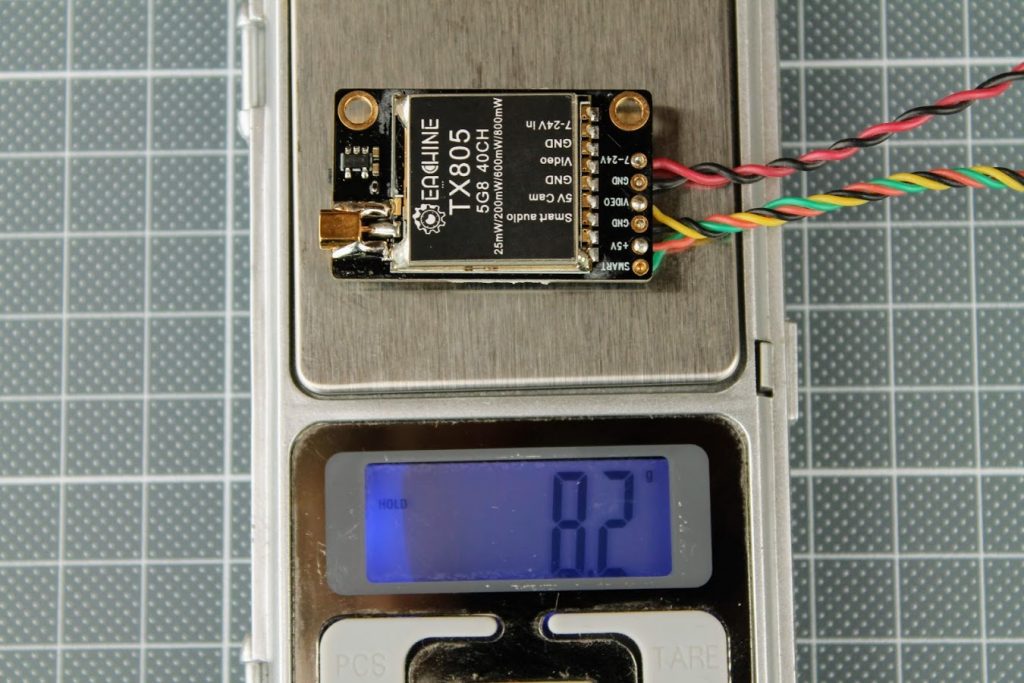
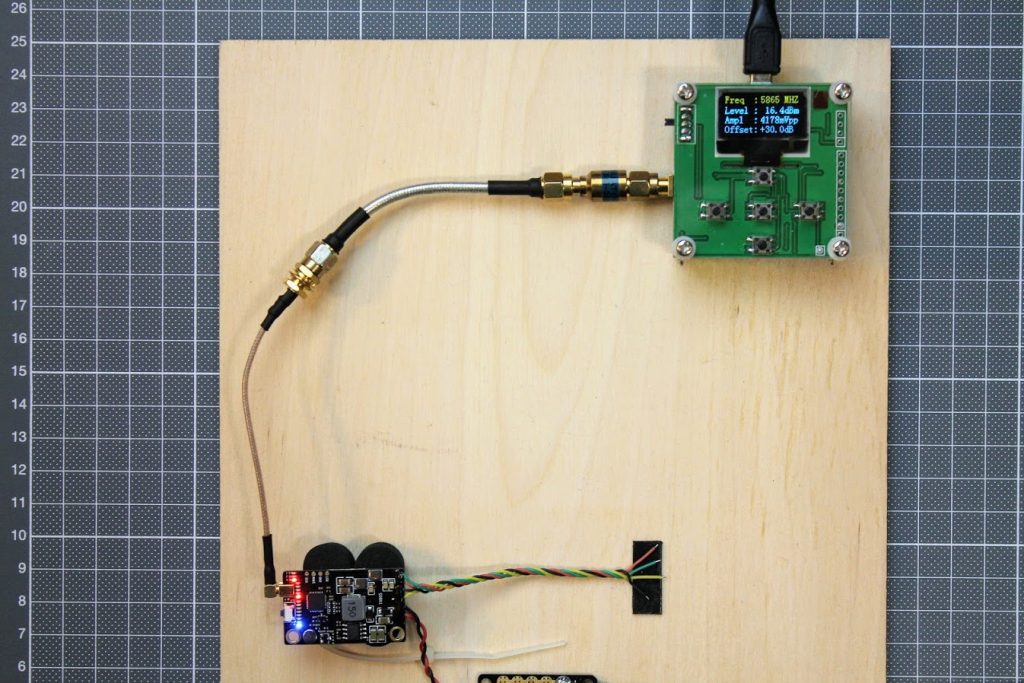
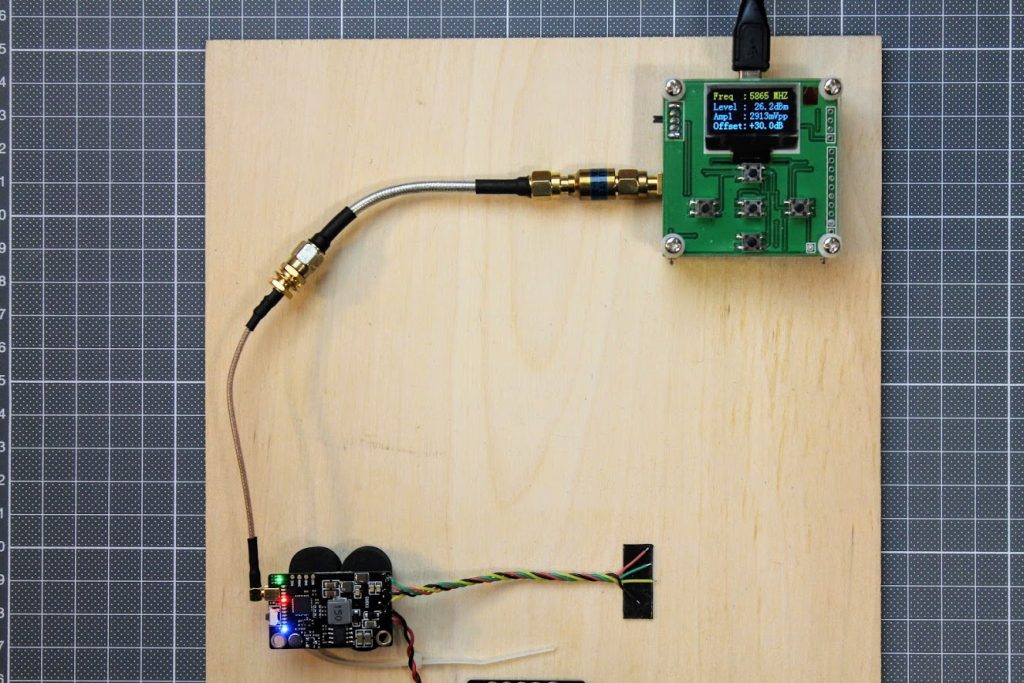
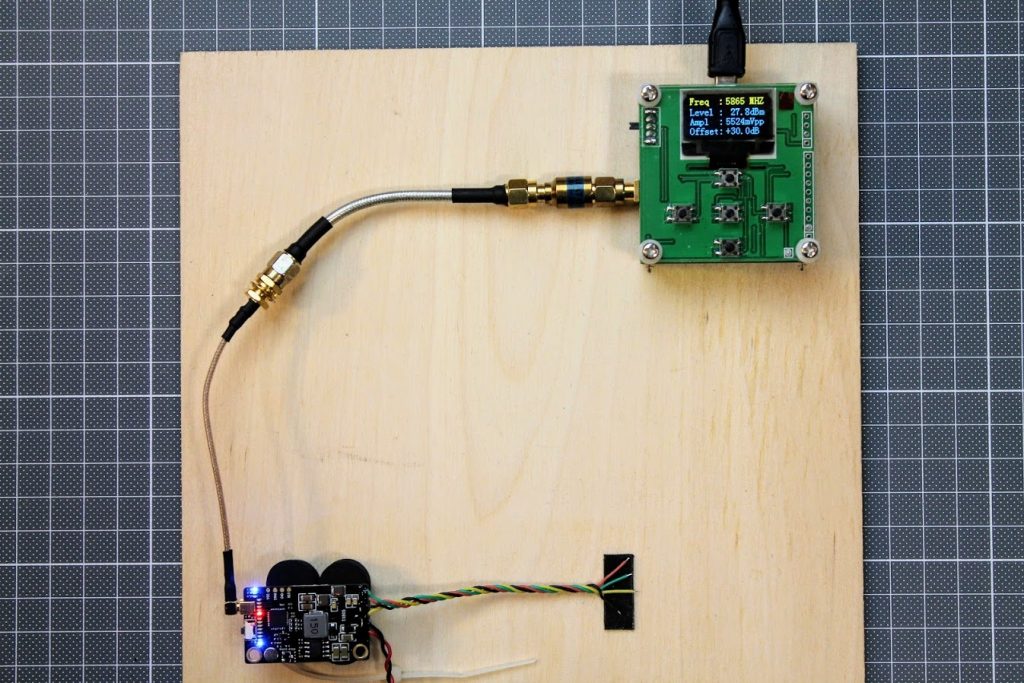
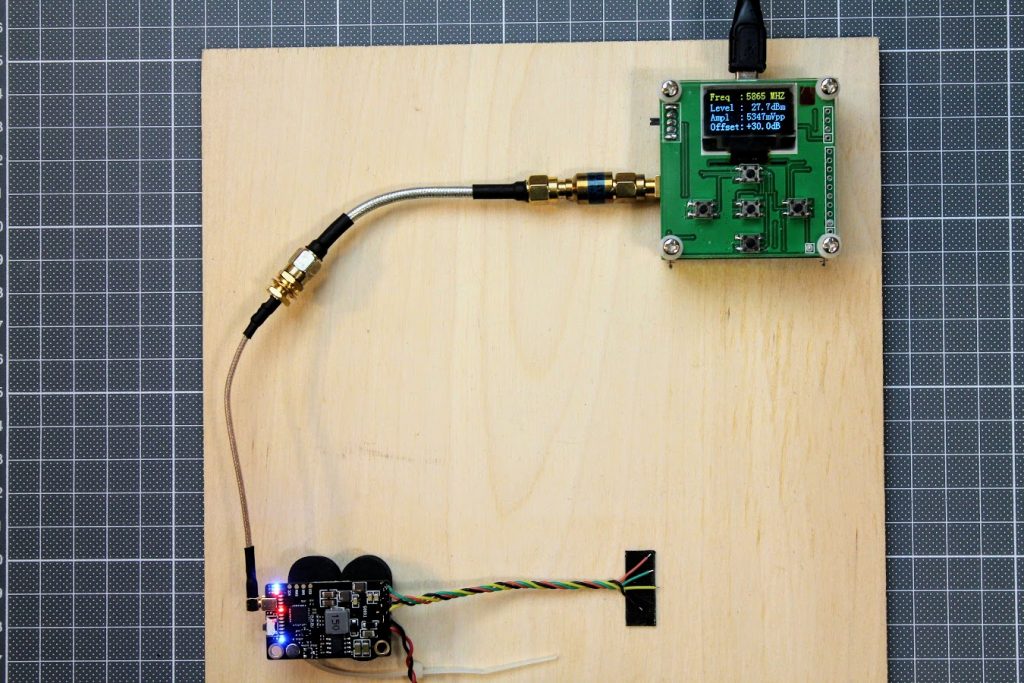


Can you please sell me the exact name and size of the white two wire (red and black) connector. I need the male end. Thanks!
It is Molex PicoBlade 1.25mm connector. Used in the Inductrix type batteries. You can also serach for JST 1.25mm its also the same connector.
Hi Montis,
first of all thank you for the very good reviews and guides here.
Honestly, I found your side by accident via google, but I have to say I’m impressed.
Secondly:
Do you have any idea how to remove the black paste on the soldered cables?
You can see it in the fourth picture from the top.
At mine it is completely hard and I have no idea how to remove it.
Heat it?
Some chemicals?
Thanks and best regards.
Hi, Chris, thank you for your kind words.
I personally don’t like when VTX wires are glued to the board, and prefer to solder them by myself, but we have what we have. I haven’t tried to remove that black glue, but I would go for heating and scrapping mechanicaly with exacto knife.
I really doubt that chemicals would help unless it is hot glue where alcohol unbinds it very easy.
Anyway, if you find a good method, please share it back. Good luck!
I did it last evening, it’s easy. Just apply some heat (my wife’s hair dryer did handled – i was too lazy to look for my Makita heat gun in basement) . Just heat it for a while – i mean rather 1-2min not half hour (do it partially – do not apply too much heat on the board !), take tweezer and gently remove this kind-of-silicone? glue?This was really easy, but cleaning pads from original solder (my idea was to clean it enough so i can solder “gold-pins” into holes) … – that was nightmare, using extractor, tons of flux, copper tape – but finally it’s done 🙂
I would ask for your help.
I ordered a TX 805 5.8Ghz. for a drone under construction (peon 230). Which remote control do you recommend without being expensive ?. I wish the distance was at least 500 meters. Thanks a lot for the quick reply.
Ivan
For the inexpensive remote control transmitter I would recommend Flysky FS-i6 radio (http://bit.ly/Banggood-Flysky-FS-i6-Radio-transmitter). It is one of the cheapest radios in the market, can be purchased for ~ $40. I works very well, but is simple and has only the basic functionality. Flysky receivers are also comparative cheaper than other system receivers (FrSky, DSMX, Futaba etc.). Flysky FS-i6 was my third radio and I liked it most for being lightweight, small sized radio and it was really pleasant to hold it (I’m hybrid pincher by style). Until the Jumper T12 (http://bit.ly/Banggood-Jumper-T12-Radio-Transmitter) jumped into the game. Now T12 is my the most favourite Radio.
If you want to invest into better radio and have a little bigger budget, then take look at the OpenTX capable radio (Jumper T12, Frsky x9 Lite, Jumper T16 …)
thanks for sharing the VTX Table
You are welcome!
Montis,
Where did you get that cool power/frequency meter. I’ve been able to find power or frequency but not both. That’s a great little tool!
Regards,
Joe
The RF meter is this: https://s.click.aliexpress.com/e/_Ag4mJR . But you will also need the -30dB signal attenuator (https://s.click.aliexpress.com/e/_Ag4mJR), otherwise you will not be able to test more than 5dBm (3mW) rf output.
Thank you! – Joe
I’m new to the hobby and was wondering if it would be an advantage to set the power levels acording to your results (44, 417, 603, 598) in Betaflight instead of the advertised levels (25, 200, 600, 800)?
No, you don’t need to edit anything in the VTX table. It may not work afterwards. Just use the VTX table supplied. The values in the VTX table is predefined and should be exactly the same as specified.